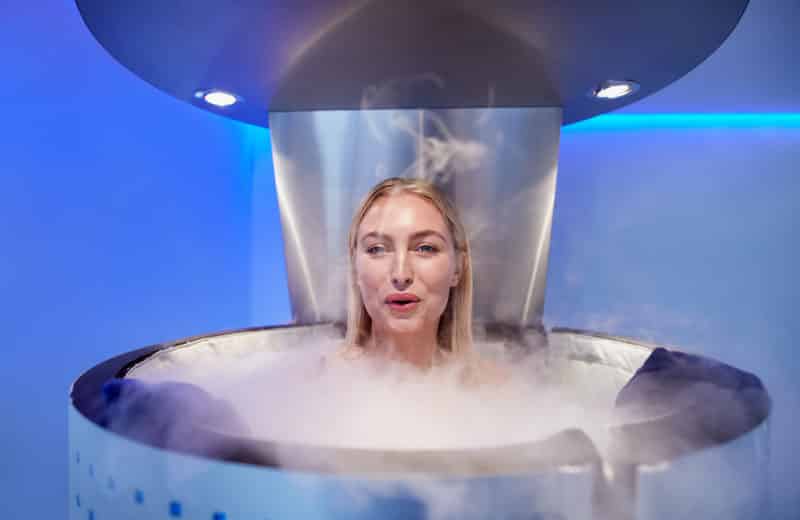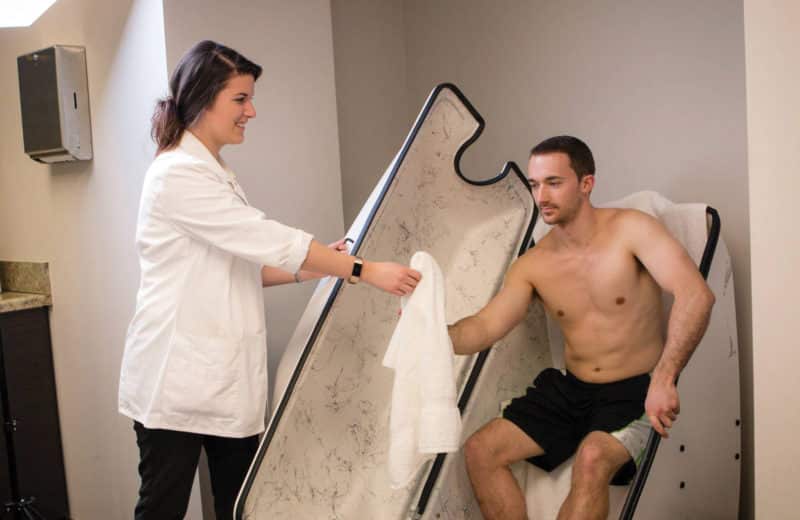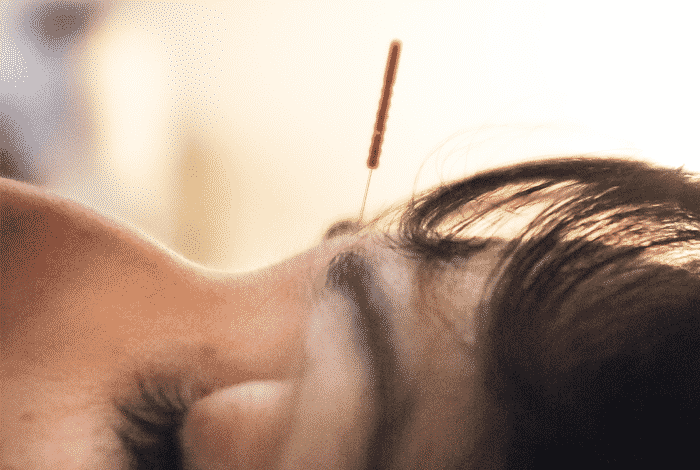Programs combine traditional and complementary medicine
Often, medicine seems like it operates in separate silos, especially when it comes to complementary and alternative medicine (CAM). Your oncologist, nutritionist and acupuncturist may all work out of different buildings. It seems that none of them interacts and consults each other about your care.
In response to that separation, programs that integrate traditional medical care with complementary medicine have been sprouting up at several Chicago-area hospitals. Some of these programs aim to be the home for all your care needs.
Alongside traditional Western approaches, integrative health programs offer CAM therapies like acupuncture, herbal supplements, massage, mind-body approaches, energy medicine, naturopathy and chiropractic.
“The aim is to help people achieve their health goals through a coordinated approach,” says Melinda Ring, MD, director of the Osher Center for Integrative Medicine at Northwestern Medicine.
She describes her program as an integrative medical home—a variation of the patient-centered medical home, which is a new model of healthcare calling for collaboration among all a patient’s caregivers. The integrative version of the medical home includes CAM practitioners in the mix and also places a strong focus on lifestyle and prevention.
Ring says integrative medicine puts less emphasis on pills and procedures and more on the human touch. “There’s a growing awareness of the critical role of diet, physical activity, stress management, sleep and environmental factors,” she says. “Many patients come to us wanting to avoid pharmaceutical drugs. We work together to determine which medications are critical and how other approaches might move the patient to a place where medications aren’t needed.”
Oncologists at Rush University Medical Center refer patients to their Cancer Integrative Medicine Program, which offers integrative therapies that work in conjunction with typical cancer treatments. “We help patients get involved in their care,” says Angela Johnson, an acupuncturist with the program, who also teaches patients mindfulness techniques.
Patients who opt for integrative care are looking for a wider choice of therapies, says Leslie Mendoza Temple, MD, director of NorthShore University HealthSystem’s Integrative Medicine Program in Glenview.
“We are dealing with issues like cancer, chronic pain, digestive disorders and neurologic conditions which have not responded enough to conventional therapies,” she says. “We can help [patients] calm down a sensitive stomach, give nutrition advice and suggest traditional Chinese medicine to help [reduce] symptoms and improve wellness.”
Specialists in NorthShore’s Integrative Medicine Program collaborate with outside physicians as well as those in the program. It’s important to make sure that both fields cooperate, Mendoza Temple says, because some herbal supplements can cause dangerous interactions with some pharmaceuticals.
While traditional doctors in these programs are covered by health insurance, CAM practitioners often require out-of-pocket payments, Mendoza Temple says. When insurers cover complementary therapies like acupuncture, they often require preauthorization and limit the number of treatments.
This new model of care emphasizes communication and coordination. With an integrative medical home, conventional and integrative practitioners work together to address the whole person, proving that there really is no place like home.












